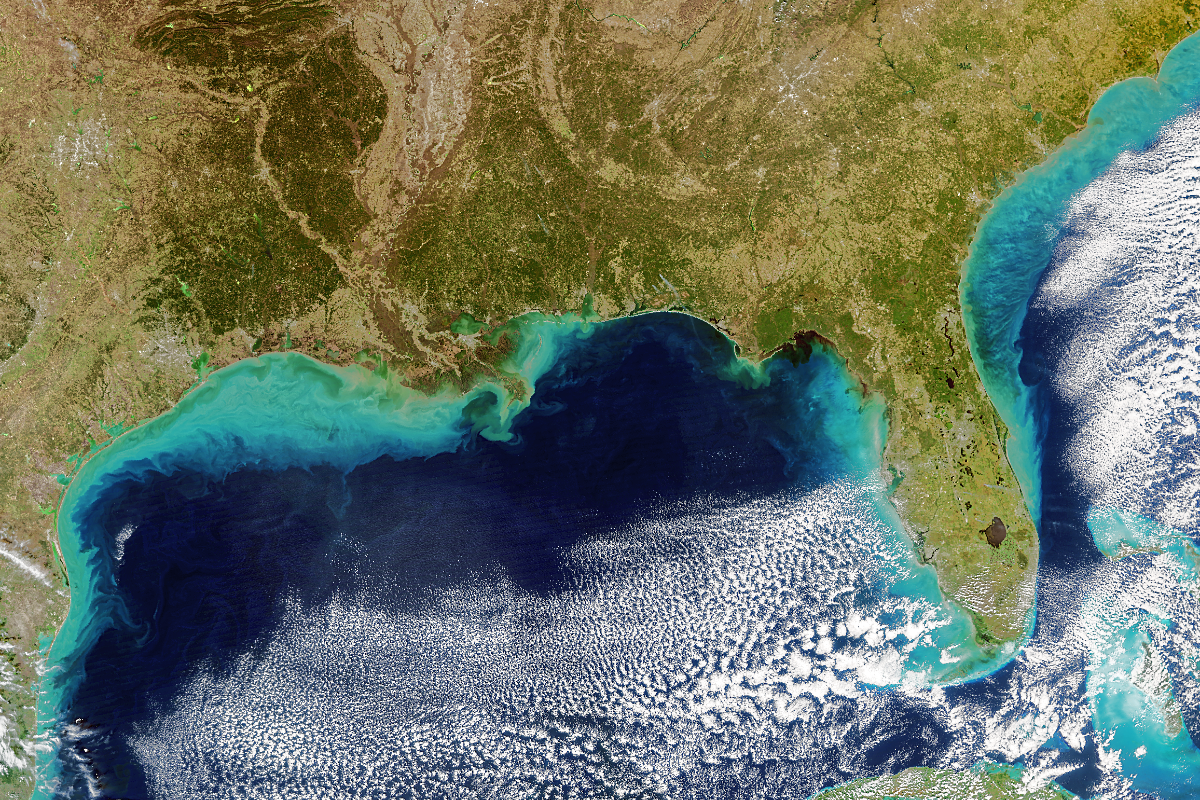


In a recent study conducted by NASA's Jet Propulsion Laboratory, researchers used satellite observations to track the dissolved salt content of the global ocean surface from 2011 to 2022. The study found a strong correlation between year-to-year variations in salinity near coastlines and the El Niño Southern Oscillation (ENSO) [ac965dce].
During the exceptional El Niño event of 2015, the researchers observed that less precipitation over land resulted in a decrease in river discharge, which in turn led to notably higher salinity levels in coastal areas up to 125 miles from shore. This finding suggests that coastal salinity could serve as an indicator for other changes occurring in the water cycle [ac965dce].
Satellite instruments such as NASA's Aquarius, ESA's SMOS, and NASA's SMAP missions have provided valuable data on surface salinity in coastal waters. These observations have helped scientists better understand the impact of El Niño on the saltiness of coastal waters and its implications for the water cycle [ac965dce].
According to the latest ENSO Diagnostic Discussion by the Climate Prediction Center, ENSO-neutral conditions are currently present in the Pacific Ocean. However, La Niña is favored to develop during July-September 2024, with a 65% chance, and persist into the Northern Hemisphere winter 2024-25, with an 85% chance during November-January. This forecast aligns with the findings of the NASA study, which highlighted the impact of El Niño on coastal water salinity. The study's results suggest that if La Niña develops as predicted, it could further impact coastal water salinity and the water cycle [e569472c].
In related news, El Niño has ended after nearly a year, with US weather agencies reporting its dissipation and a likely transition to La Niña in the next two months. The US National Oceanic and Atmospheric Administration (NOAA) gives a 65% chance of La Niña developing between July and September, slightly delayed from earlier predictions but still potentially beneficial for the monsoon [b38b8843].